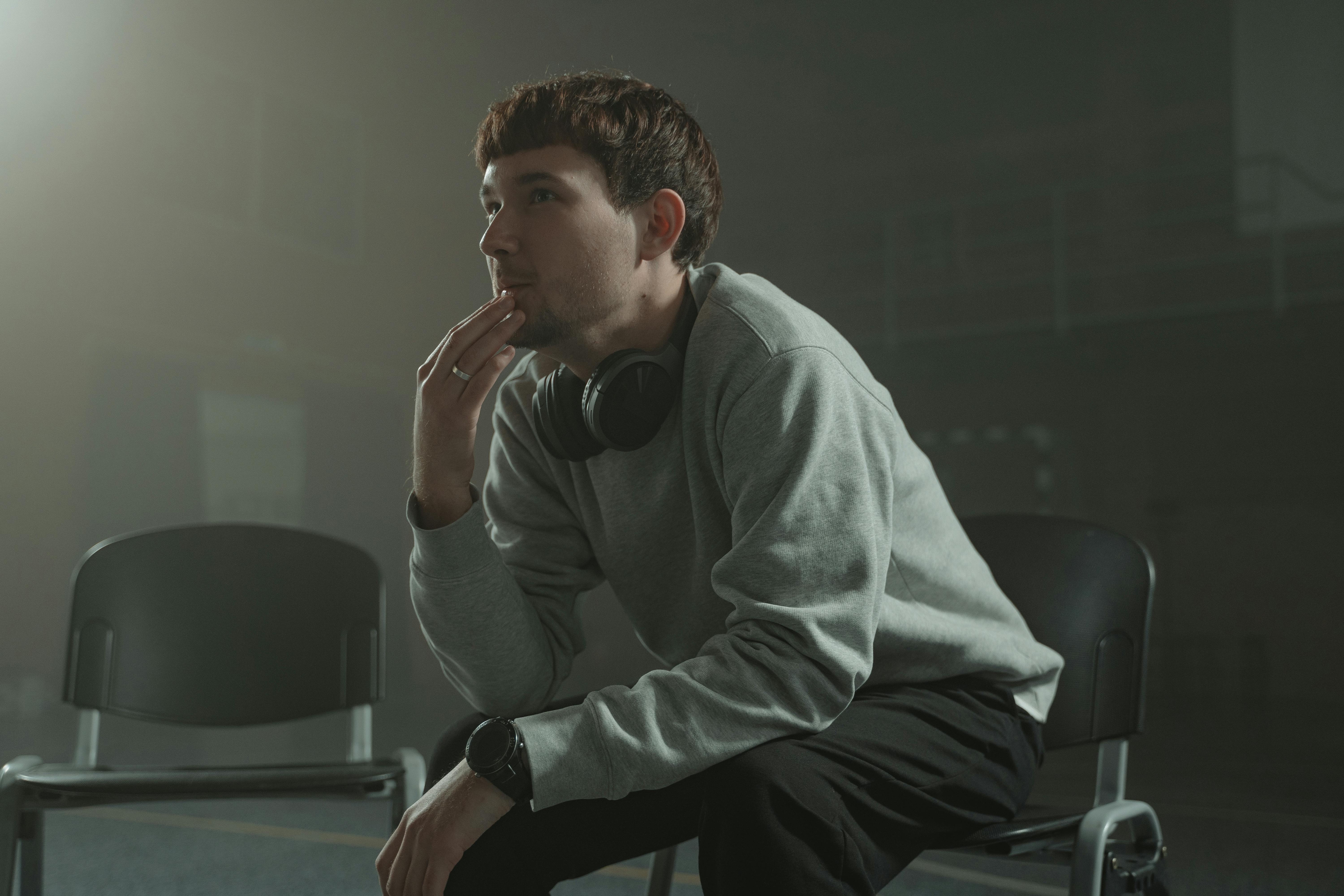Recent research on the human brain provides parents with shocking new evidence that possibly explains the sometimes irrational, illogical and impulsive behavior of adolescents. Brain researchers can now scan a living adolescent’s brain to observe and examine why these curious and perplexing creatures make so many impulsive and self-centered decisions, which can sometimes even lead to risky behaviors.
It turns out that brain development during adolescence is radically more active and dynamic than previously thought. During these years, the part of the brain that requires a person to make responsible decisions, understand consequences, and process problem solving is under construction and is often dysfunctional. Although the brain is almost physically mature, the gray matter in the thinking part of the brain (prefrontal cortex) is still make connections. So adolescents are left with most of the information that reaches their brains processed in the emotional part (limbic system).
Information processed in the limbic system, without the benefit of higher-level processing in the prefrontal cortex, can result in impulsive, self-centered, and perhaps even risky behavior. Due to this continuous construction in the thinking part of the brain, an adolescent, many times, is not able to fully process the information that is necessary to make responsible decisions. Combine this brain challenge with a teenager’s temperament, maturity level, developmental stage, and environmental impact, and it becomes understandable why parents might find this time so exhausting and frustrating.
The realization that an important construction is taking place within the prefrontal cortex of the adolescent brain does not excuse inappropriate or irresponsible adolescent behavior. But understanding the adolescent brain is crucial to figuring out how to interact with it. For the adolescent, this stage in their life can be a creative and emotional roller coaster with lots of thrills and chills (and maybe a few spills), but for parents it can just be stressful and scary. Healthy communication and effective discipline are what a teenager needs to help navigate this important moment, especially since the brain is not necessarily ready yet or not capable of meeting all the inevitable challenges, without support.
Every interaction with a teenager will affect their brain development, helping them to make connections in the prefrontal cortex. During this time of heavy construction, the adolescent brain needs focused and intentional support and teaching to help form and solidify these hopefully healthy connections. Parents can benefit from the understanding that there is a lot of work that can be done while the adolescent brain is still under construction and with the right perspective and effort, a teenager can learn to be less impulsive and self-centered, and take better and more responsible decisions. decisions.
As parents decide how to most effectively communicate with the developing adolescent brain, it is also vital to consider who a child really is and what kinds of parenting styles they are exposed to. Most of us are the result of a uniform dose of nature and nurture, and understanding the nature of who a child is and how their environment has impacted that child can help parents formulate more effective techniques when dealing with challenging situations during the child. adolescence. years.
The nature of an adolescent is a complex and fascinating combination of temperament, stage of development, personality, level of maturity, and social connection. In addition, parents need to consider the adolescent’s emotional health (self-esteem) and relational health (the extent to which the adolescent’s closest relationships have had a positive impact on their development).
And then there are the parenting styles. Healthy and effective parenting (described as authoritative) can help positive adolescent brain development. Use healthy communication tools such as active listening, reframing, timing teaching moments, me-messages, etc. and effective discipline tools like setting healthy limits, consequences, choosing battles, few rules, etc. It can greatly help the adolescent’s prefrontal cortex to develop strong connections that enable responsible behavior.
To learn more about understanding the complex nature of who a teenager is, how their brain develops and processes information, and to practice new and easy-to-learn healthy parenting tools, visit: ResponsibleKids.net
© 2008 Marty Wolner, BA, CPE, ICF, PACA
